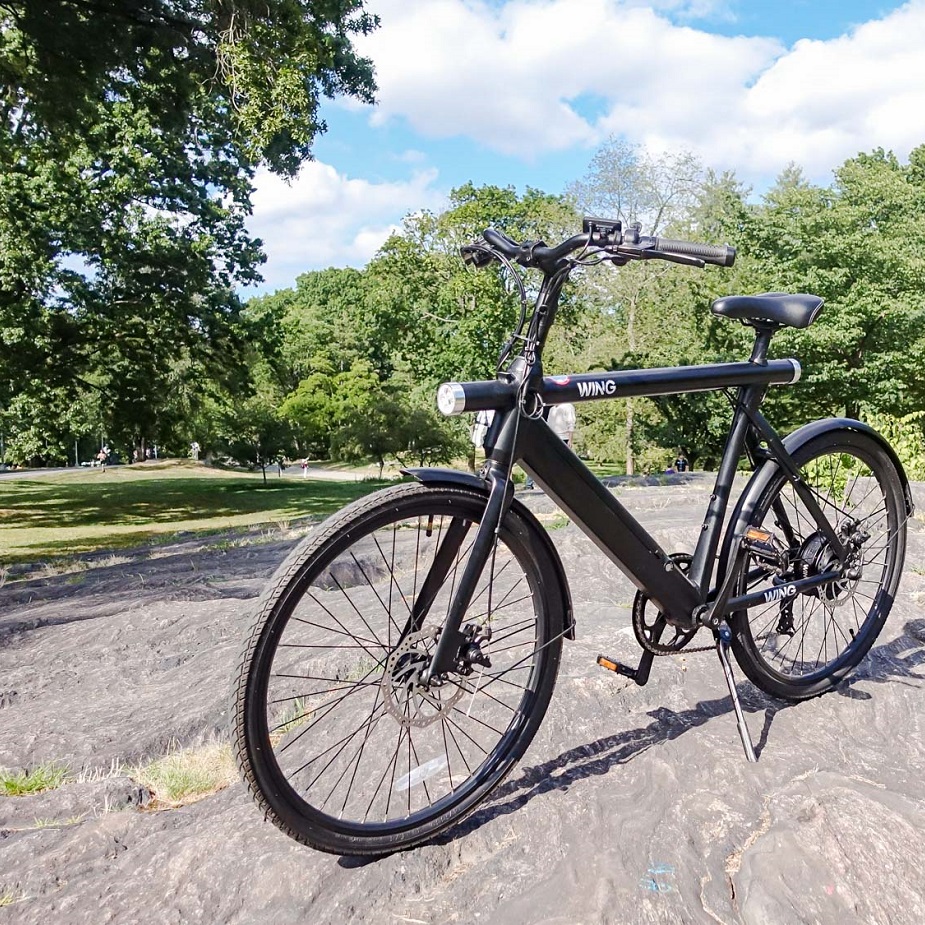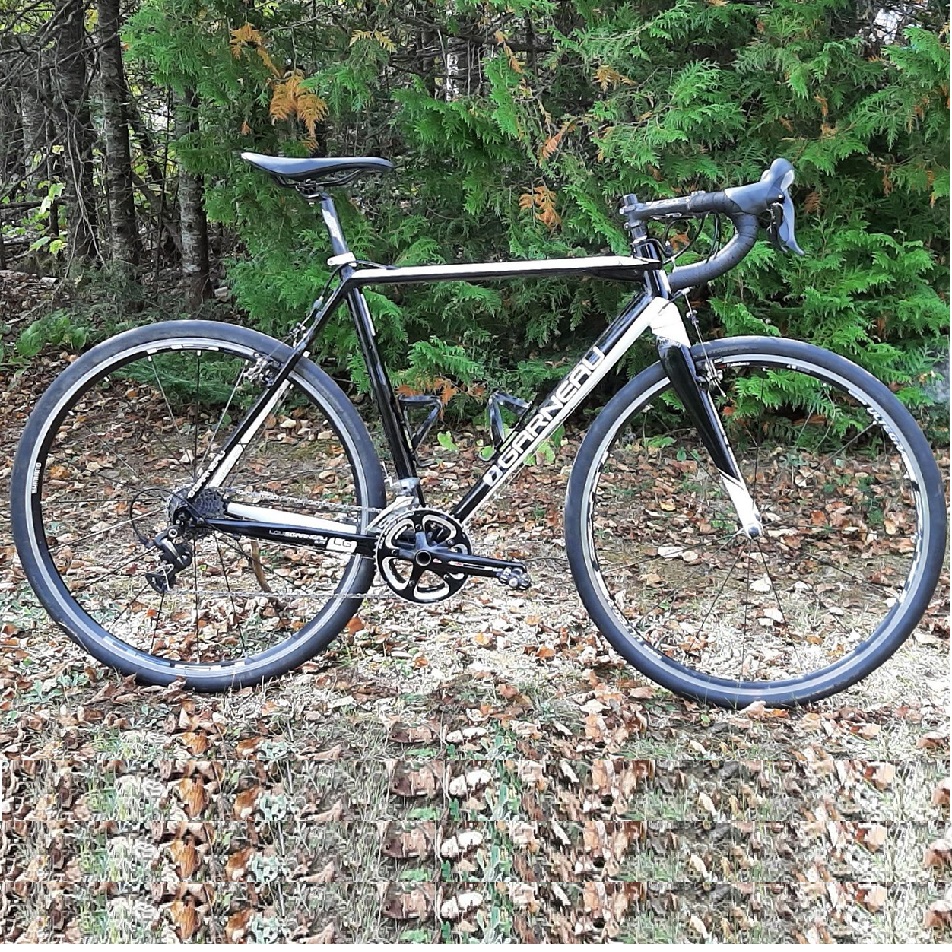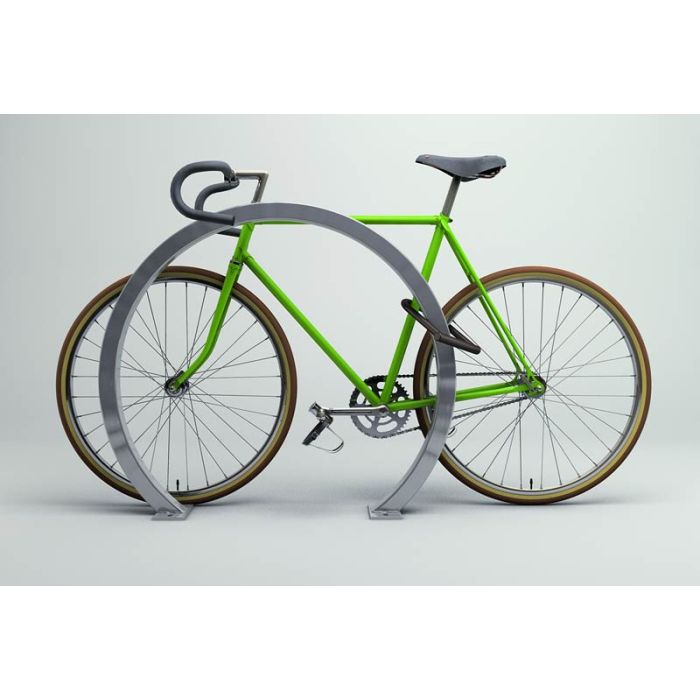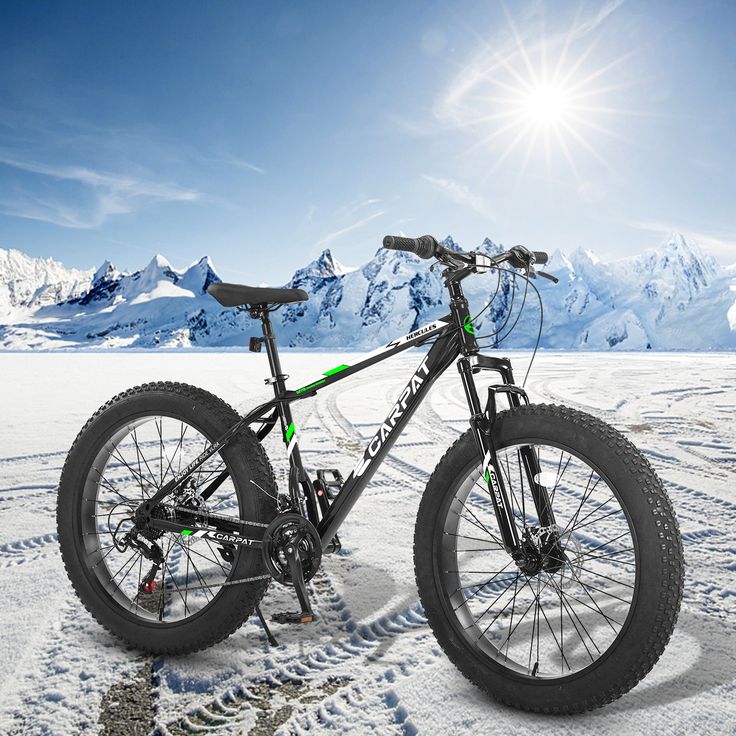Introduction to Bicycle Value Estimation
When you decide to sell or trade in your bicycle, knowing its worth is essential. The process of figuring out a bike’s value can seem daunting, but with the correct approach, it can be straightforward.
First, determine the make and model of your bicycle, as this information is fundamental. Then, look up the original retail price to understand what the bike was worth when new. Next, consider how factors like age, condition, technology and the cycling market trends may have impacted its value over time. Checking comparable sales, or ‘comps’, is a crucial step to get an accurate estimate. Searching online marketplaces such as Craigslist, Facebook Marketplace, and eBay can give you an idea of how similar bikes are priced.
However, online tools like Bicycle Blue Book offer a general baseline, but may not capture all variables, especially local market conditions or specific upgrades. Professional appraisal services can also be leveraged to get a more precise valuation. By taking all these steps into account, you can establish a reasonable and fair price for your bicycle that reflects its true value.
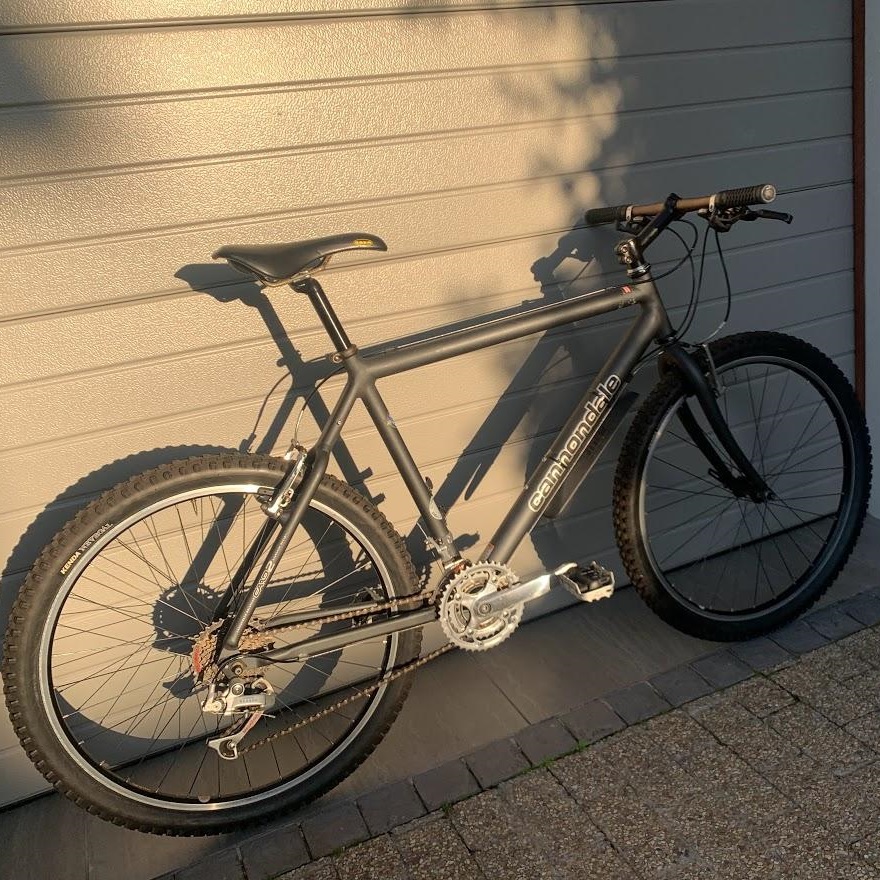
Importance of Researching Comparable Sales (Comps)
To set the right price for your bicycle, researching comparable sales, or ‘comps’, is crucial. Comps help you understand how similar bikes are priced in your area or online. Here’s how you can use comps to your advantage:
- Start with Local Listings: Look at local online marketplaces such as Facebook Marketplace, and Craigslist. Note prices and conditions of bikes like yours.
- Check Online Platforms: Sites like eBay provide a wide range of data on bike sales. They show what buyers are willing to pay.
- Consider the Condition: Compare bikes that match your bicycle’s state of wear and maintenance. This affects value significantly.
- Look at Specifics: Ensure the comps you find match your bike in terms of model, specs, and age.
- Use TPC as a Benchmark: The Pro’s Closet (TPC) sells certified pre-owned bikes. Prices there can help you gauge the market value of your bicycle.
- Undercut Specialty Sellers: If selling privately, consider pricing your bike slightly lower than specialty sellers like TPC to attract buyers.
By doing thorough comps research, you position yourself to set a competitive and fair price. This will help your bike sell faster without leaving money on the table.
Evaluating the Accuracy of Bicycle Blue Book
When trying to find your bicycle’s worth, many turn to Bicycle Blue Book. It’s known for providing ballpark valuations. It’s a starting point for determining a bike’s value. Yet, we should be cautious. The platform has its limits.
Limitations of Bicycle Blue Book
Bicycle Blue Book doesn’t always nail the price. It may miss regional price trends or unique bike features. Its database isn’t updated in real time. This means it can’t always keep up with the market.
For upgrades or special customizations, Bicycle Blue Book falls short. It can oversimplify a bike’s worth. This may result in values that don’t reflect those particulars.
Using Bicycle Blue Book as One of Many Tools
Use Bicycle Blue Book as one tool among many. Check it alongside local comps for a clearer picture. Look at recent sales on local platforms or online marketplaces. Compare those with the valuations given by Bicycle Blue Book.
Remember to factor in your bike’s condition, age, and the popularity of its model. Compare prices of bikes similar to yours that have sold, not just those listed. This will give you a better sense of what buyers are willing to pay.
In conclusion, don’t rely solely on Bicycle Blue Book. It’s useful, but it’s not definitive. Mix its insights with your research to land on a more accurate bicycle value.
Professional Appraisal Services for Bike Valuation
When unsure about your bike’s worth, professional appraisal services can be helpful. These services provide detailed assessments of your bicycle’s value. Here are benefits of using professional appraisers for bike valuation:
- Accuracy: Experts examine every aspect of your bike, from make and model to maintenance history. This results in a precise valuation.
- Knowledge of Market Trends: Appraisers stay up-to-date with the latest cycling market trends and prices.
- Objective Viewpoint: Professionals offer an unbiased opinion, ignoring any sentimental value you may have.
- Considering Upgrades: They factor in any special features or upgrades that could impact the bicycle value.
- Certification: Some provide a certificate of value, which can be convincing for potential buyers.
- Time Savings: Saves you the time and effort needed for extensive market research.
- Credibility: A professional valuation adds credibility to your asking price when selling.
- Insurance Purposes: Appraisal services can also be important for insurance claims on your bike.
These professional services often require a fee, but they can be a smart investment. They prevent pricing mistakes that could cost you more in the end. Bear in mind, professional appraisals are just one component of determining your bike’s worth. Combine their insights with your research to accurately price your bicycle. When consulting such services, ensure they are reputable and experienced in bike valuation.
Key Factors Influencing Bicycle Value
When assessing the value of your bicycle, several key factors play crucial roles. Understanding these can help you set a more accurate price. Here are the main factors to consider:
- Age of the Bicycle: Generally, newer bikes hold more value due to less wear and more modern technology.
- Condition: A well-maintained bike that looks good and operates smoothly will fetch a higher price.
- Brand and Model: Some brands and models are more sought after, thus holding better value.
- Market Demand: The popularity of certain types of bikes, like electric or gravel bikes, can affect value based on current trends.
- Size of the Bike: Common sizes that fit a larger portion of the population, such as medium or large, usually sell better.
- Upgrades and Customizations: High-quality upgrades can increase value, but overly personalized customizations may not appeal to all buyers.
- Technology: Bikes with up-to-date technology and features command higher prices; outdated tech may decrease value.
By carefully evaluating these factors, you can arrive at a more precise estimate of your bicycle’s worth. This thorough understanding allows for realistic pricing, meeting both your expectations and market standards.
The Role of Brand and Model in Determining Bike Worth
When pricing your bicycle, the brand and model play a significant role. High-demand brands often command higher prices. Lovingly maintained lesser-known brands may still hold reasonable value. Here’s a quick look at how brand and model impact bike valuation:
- Well-Known Brands Retain Value: Brands with a reputation for quality and performance tend to keep value. Buyers pay more for trusted names.
- Model Popularity Matters: Popular models, especially recent ones with good reviews, fetch better prices. They sell quicker thanks to their proven track record.
- Vintage Charm Can Add Value: Some older models from renowned brands have a loyal following. Their unique features can make them valuable collector’s items.
- High-End Equals Higher Worth: Generally, premium models depreciate slower than entry-level bikes. They offer better materials and innovation, which keeps their resale value up.
- Niche Models Might Limit Interest: Very specific or less known models may only attract a small buyer base. They may need to be priced more competitively.
By understanding the importance of your bike’s brand and model, you can set a fitting price. This ensures that you capture the value your bike deserves while appealing to potential buyers.
Understanding Depreciation and Technology Upgrades
Depreciation is a key factor in understanding bicycle value. As time passes, bikes can lose value. This is often due to wear and tear, but other factors also play a part. Here are some points to consider:
- Age Matters: The older a bike, the lower its value tends to be.
- Tech Advancements: New bike technologies make older models less appealing.
- Wear and Tear: Obvious signs of use can decrease a bike’s resale price.
- Maintenance: Bikes kept in good condition may depreciate less.
Upgrades can also affect a bike’s value. Not all technology upgrades will boost a bike’s worth. Choose upgrades wisely to ensure they contribute to the value. Here is what to keep in mind:
- Relevance: Tech upgrades should be current and in demand.
- Quality: High-quality improvements can add to a bike’s price.
- Personalization: Too specific upgrades may not attract most buyers.
- Compatibility: Ensuring new tech works with existing parts is key.
When factoring in depreciation and technology upgrades, consider both carefully. They influence the final value significantly. To conclude, age and tech matter when you set a price for a used bike.
Tips for Avoiding Common Pricing Mistakes
Pricing your bicycle rightly is key to a successful sale. Avoid common pricing mistakes with these tips:
- Don’t Let Emotions Set the Price: It’s hard, but keep your feelings for your bike aside. Set a fair price based on the market, not memories.
- Watch for Overpricing: Setting the price too high can turn off buyers. Your bike might not sell.
- Beware of Underpricing: Don’t lose out on money. Research well and price your bike for what it’s really worth.
- Use Multiple Sources: Don’t rely on one tool or website. Use various sources to find the true bicycle value.
- Compare Like with Like: Match your bike’s specs, age, and condition to similar bikes in the market.
- Factor in Depreciation: Remember that all bikes depreciate over time. Even the best-kept bike loses value.
- Consider Local Trends: Prices can vary by location. Check the going rates in your area.
- Upgrades Don’t Always Add Value: Custom changes might not appeal to everyone. Stock parts are often a safer bet.
- Be Precise with Your Bike’s Condition: Be honest about any wear and tear. This impacts the price.
By following these tips, you’ll avoid common pricing errors and set a competitive, fair price for your bicycle.
Conclusion and Final Thoughts on Bike Valuation
Bike valuation is a mix of art and science. It takes looking at hard facts and understanding current trends. Pricing your bike right involves research, careful consideration of your bike’s condition, and being realistic about depreciation and technology updates. When determining your bicycle’s value, remember these key points:
- Do Your Homework: Research comps thoroughly and compare similar models in similar conditions. Make sure the comparisons are fair and based on current market data.
- Use Multiple Tools: Don’t depend solely on any single source, like Bicycle Blue Book. Combine insights from various platforms to get a well-rounded view of your bike’s worth.
- Expert Opinion Can Help: Consider a professional appraisal for a more accurate valuation, especially if your bike has unique features or you’re not sure of its market worth.
- Stay Objective: Keep emotions in check. Base your bike’s value on its factual attributes, not personal sentiments.
- Branding Matters: Recognize the role of brand and model reputation. Bikes from sought-after brands and popular models often retain higher value.
- Keep Upgrades in Check: Remember, not all upgrades will increase your bike’s value. Choose wisely and understand what appeals to potential buyers.
- Factor in Depreciation: Newer technology and the bike’s age greatly affect its value. Keep this in mind to set a realistic price.
- Local Trends Count: Prices can differ by area. What’s valuable in one region may not be in another. Adjust your price accordingly.
- Avoid Pricing Pitfalls: Don’t overprice but also don’t undersell. Match to the market to find the sweet spot that reflects true bicycle value.
Selling your bike can be a fruitful process if done rightly. Accurate valuation ensures you don’t lose out on money while also enticing a buyer who appreciates the bike for what it’s worth. Keep these guidelines in mind and you’ll be well on your way to a successful sale.
